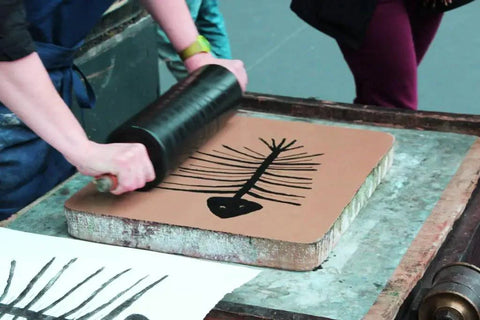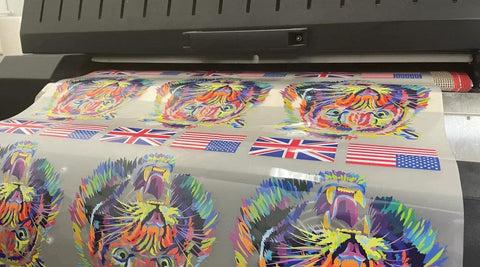When delving into the realm of fabric printing, one encounters a myriad of techniques, each with its unique features. Among the newer and more innovative methods is DTF printing, short for Direct to Film printing. To truly understand its merits, let's dissect the advantages and disadvantages of DTF printing in comparison to other widely-used printing techniques.
Understanding DTF Printing: A Brief Overview DTF printing is a digital method that entails printing designs onto a specialized film using a printer equipped with specific inks. The printed film is subsequently transferred onto the fabric using a heat press machine, resulting in high-quality prints adorned with vibrant colors.
Advantages of DTF Printing: Unlocking Versatility and Precision DTF printing 's versatility stands out prominently. It can be seamlessly applied to various fabrics, including cotton, polyester, and blends. Notably, DTF printing triumphs where other methods falter, excelling in printing on dark-colored fabrics, a challenging feat for conventional methods such as screen printing.
The method's prowess extends to the reproduction of intricate and detailed designs. Thanks to the digital nature of DTF printing, it achieves unparalleled precision in replicating complex designs, from gradients to minuscule text.
Speed is another feather in DTF printing 's cap. With a relatively quick process, it outpaces traditional methods like screen printing, making it an ideal choice for small to medium-sized print runs.
Disadvantages of DTF Printing: Navigating Costs and Learning Curves As with any innovative technology, DTF printing comes with a few downsides. A notable obstacle is the initial cost of equipment. Specialized printers, inks, and heat press machines contribute to a higher upfront investment compared to some traditional printing methods.
The learning curve is another factor to consider. Achieving consistent and successful results with DTF printing demands mastering the technique, including proper film preparation and precise heat press settings.
Furthermore, DTF printing may not be a one-size-fits-all solution. Designs with an extensive color palette or very fine details might not fare as well with this method, posing a limitation for certain applications.
DTF Printing vs. Other Methods: Finding the Balance In a holistic comparison to other popular printing methods like screen printing and heat transfer vinyl, DTF printing emerges as a harmonious fusion of strengths and weaknesses.
Screen printing boasts durability and vibrant color reproduction but falls short in efficiency and cost-effectiveness for small print runs.





Comments (0)
There are no comments for this article. Be the first one to leave a message!